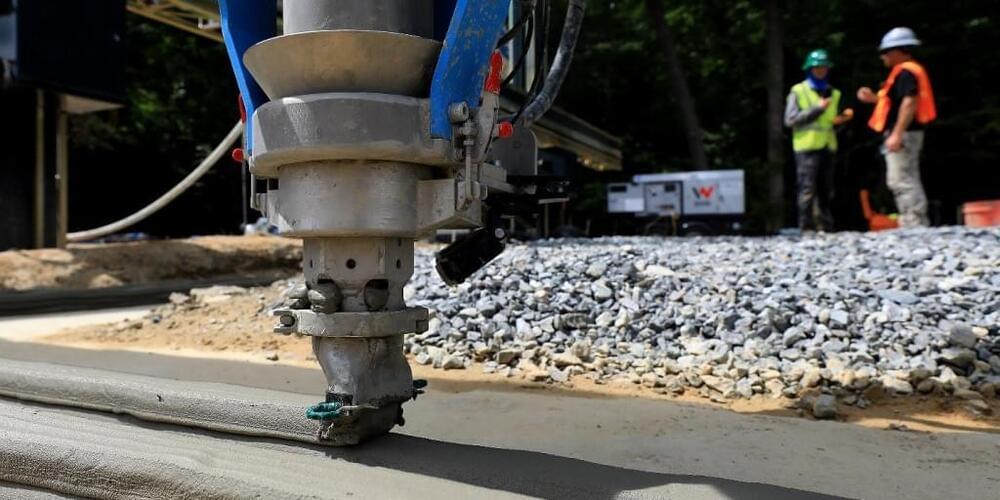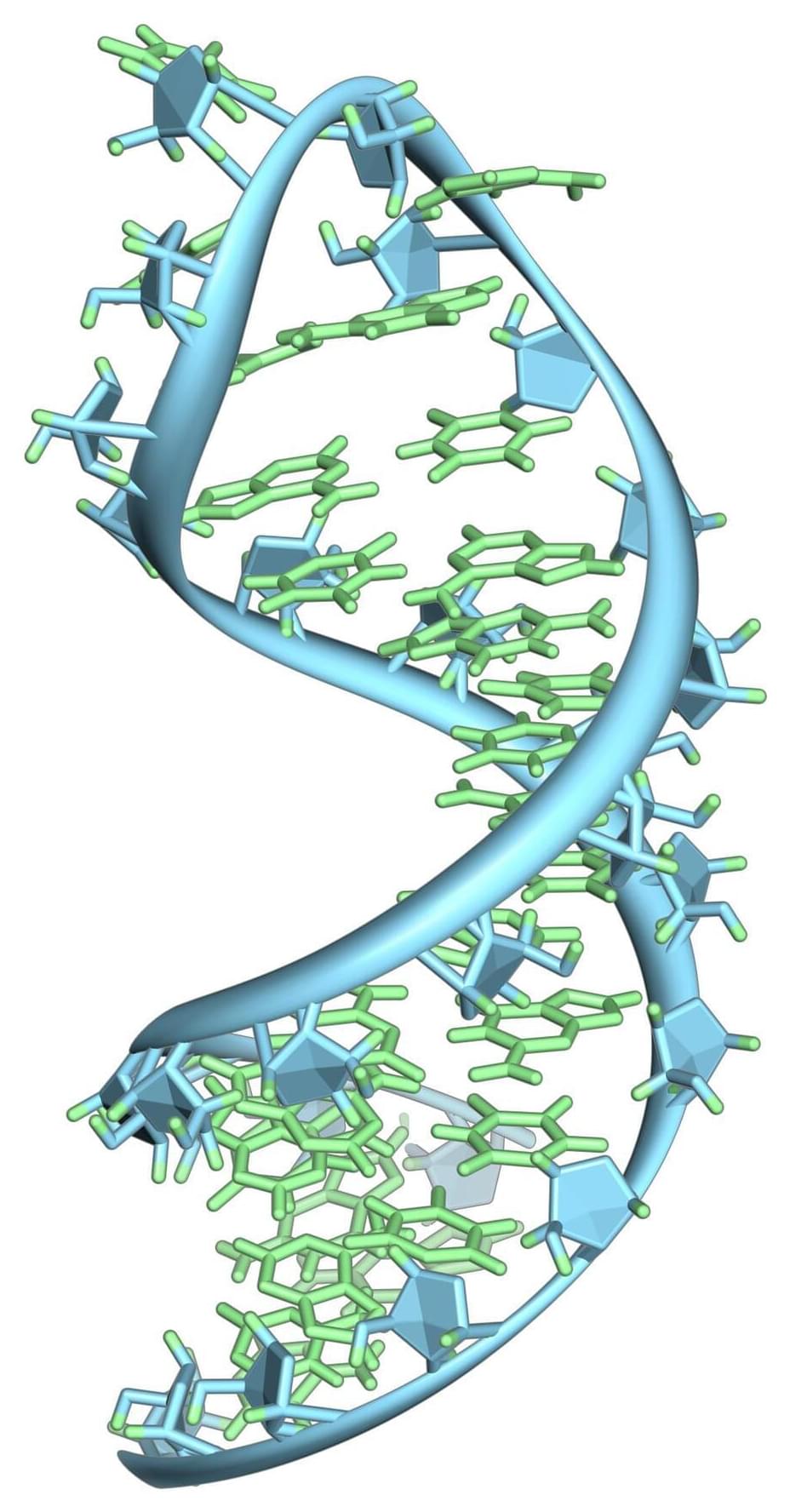From physics and alchemy to theology and eschatology, Isaac Newton’s research was rooted in a personal pursuit of the Divine.



Scientists are trying to teach old crops some new tricks that will let them flourish in these harsher conditions — turning to secrets that reside in plants like pineapples, orchids and agaves. These and certain other plants have hacked photosynthesis in ways that allow them to thrive when it’s hot and dry, and even to withstand blistering periods of drought.
It’s an agricultural moonshot: Scientists hope to increase plant yields by hacking photosynthesis, the process that powers life on Earth.


Researchers at the Netherlands Institute for Neuroscience have discovered that the energy management of inhibitory brain cells is different than that of excitatory cells in our brain. Why is that the case and what is the link with multiple sclerosis?
Brain cells are connected to each other by axons, the parts of the neuron that transmit electrical signals. To do this efficiently, axons are wrapped in myelin, a lipid-rich material which increases the speed at which electrical pulses are conducted. The importance of myelin becomes apparent in diseases such as multiple sclerosis (MS), where myelin is broken down, which has detrimental effects on brain function.
As a result of myelin loss, the conduction of electrical signals is disrupted, which also means that the energy costs of this process become much higher.

Investigators from the Smidt Heart Institute at Cedars-Sinai have identified how biological pacemaker cells—cells that control your heartbeat—can “fight back” against therapies to biologically correct abnormal heartbeat rates. The research also uncovered a new way to boost the effectiveness of RNA therapies by controlling this “fighting back” activity.
This novel concept, published today in the peer-reviewed journal Cell Reports Medicine, is an important step in the evolution and creation of biological pacemakers—which aim to one day replace traditional, electronic pacemakers.
“We are all born with a specialized group of heart cells that set the pace for our heartbeats,” said Eugenio Cingolani, MD, senior author of the study and director of the Cardiogenetics Program in the Smidt Heart Institute at Cedars-Sinai. “But in some people, this natural heartbeat is too slow, leading to the need for an electronic pacemaker.”

It has been shown in epidemiological studies that the immediate postnatal period has a significant influence on the development of our microbiota. A change in postnatal microbiota has long-term implications on neurocognitive outcomes and mental health. Currently, little is known about the molecular mechanisms underlying critical windows of microbial influence.
About the Study
A recent Brain, Behavior, and Immunity study investigated the role of the early-life gut microbiota in determining neurodevelopmental outcomes. The current study used a mouse model to evaluate the long-term impact of gut microbial disruption during the critical windows of development.

New signal-processing algorithms have been shown to mitigate the impact of turbulence in free-space optical experiments, potentially bringing “free space” internet a step closer to reality.
The team of researchers, from Aston University’s Aston Institute of Photonic Technologies and Glasgow University, used commercially available photonic lanterns, a commercial transponder, and a spatial light modulator to emulate turbulence. By applying a successive interference cancelation digital signal processing algorithm, they achieved record results.
The findings are published in the Journal of Lightwave Technology.
Did you ever sit under the clear night sky and wonder does it go on forever?” The size of the universe has long been a question that has puzzled scientists, philosophers, and theologians, without a clear answer… well, until now. In this video, Fermilab’s Dr. Don Lincoln leads you through what modern science can say about the size of the universe.
For more information visit:
http://www.fnal.gov
It’s this or the doctor needs to practice good penmanship…
The feature can detect medications in hastily scrawled scripts.
In what could be the first direct link between AI and the human brain, interventional neurologist Thomas Oxley reveals the world’s first minimally invasive digital spinal cord. He shares the exciting story behind the ongoing development of this unique wireless device that can interpret signals from the brain for patients with paralysis without the need for open brain surgery or direct contact with brain tissue. Endovascular neurologist Thomas Oxley’s 2016 research demonstrated the potential for a neural recording device to be engineered onto a stent and implanted into a blood vessel in the brain, without the need for open brain surgery.
This research has progressively attracted investment, with completion of a Series A fundraiser in 2017. His company’s technology, the Stentrode, currently under FDA review, is planned for a first in human trial. Patients with tetraplegia due to spinal cord injury, stroke and ALS will be recruited into a trial of direct brain control over a suite of assistive technologies. This talk was given at a TEDx event using the TED conference format but independently organized by a local community.